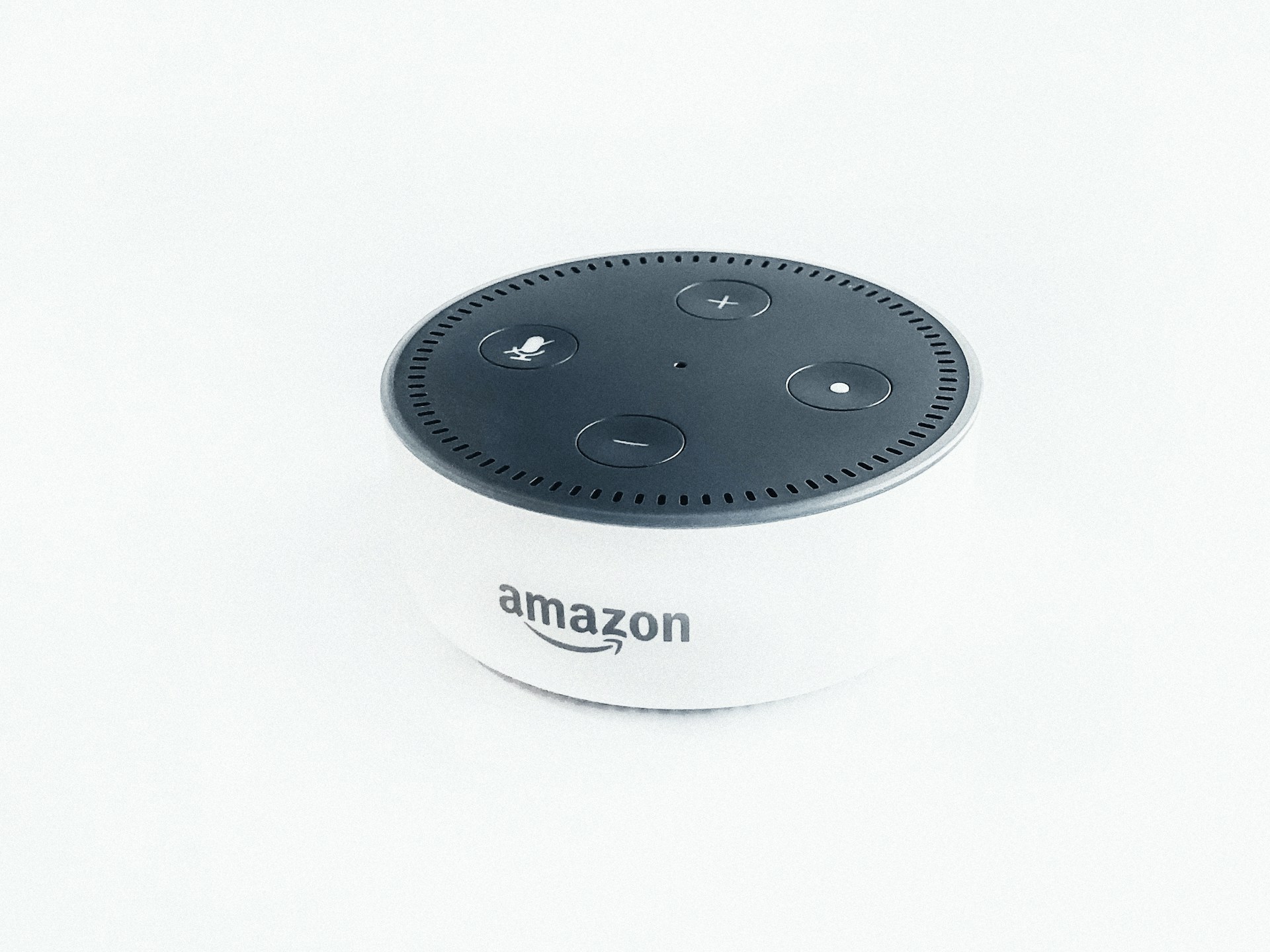
Explore how voice-optimized Amazon listings via Alexa offer customers hands-free shopping while boosting sales and accessibility for sellers.
Have you ever asked yourself: Do my e-commerce customers want to experience product listings via audio, not just text?
Voice-optimized Amazon listings offer exactly this feature to customers, increasing accessibility for users and revenue for sellers.
Amazon has already begun to pilot this feature, which builds on the Enhance My Listing tool, which makes it easy for sellers to generate a full product description using generative AI with just a product URL or even an image.
The pilot took things one step further by using similar technology to generate audio listings so customers can learn about and order products hands-free using Alexa or other audio devices.
This article explores why Amazon is embracing voice-first listings, what sellers need to know, the impact on search and conversion, and how to protect your Amazon account as you adapt.
Why Amazon Is Embracing Voice-First Listings
So, why is one of the largest e-commerce platforms setting its sights on voice-first as the new approach to selling items and helping customers understand what they buy before committing to a purchase?
Alexa
The biggest reason is Alexa. Mobile devices that use Alexa are popular and commonplace now, and people use Alexa-friendly devices for one reason: convenience. Voice-first listings fit perfectly with the lifestyle of mobile users because they allow them to learn about and purchase items completely hands-free.
Audio Culture
Voice-first also fits with audio consumption of mobile services like Spotify. Users can shop while listening to music through their Amazon speaker or a third-party Alexa-enabled sound output device.
Accessibility
Another significant reason for this change is that voice-first makes listings more accessible. This point is crucial for bringing in customers with visual or hearing impairments or those who like to multitask as they shop.
The benefits to customers of voice-first enablement are being empowered to make faster, seamless decisions and hands-free shopping while knowing everything about products before they buy.
What Sellers Need to Know About Audio Summaries
If you’re a seller, there are a few points you need to be aware of to optimize how you use audio summaries for your products.
AI is the key to producing detailed and accurate product descriptions before it converts them into audio. Be aware of how it works and practice with AI tools like ChatGPT to get an idea of how to use the best prompts to get the best audio product descriptions. If you aren’t skilled with AI prompts, you can use images and a few words to make audio listings, but it’s best to include as much detail as possible.
Best Practices
Use concise language, highlight key product benefits early, and keep descriptions simple and direct. Voice listings work best with easy-to-understand phrases that emphasize what matters to buyers.
Common Mistakes to Avoid
Avoid technical jargon, vague feature lists, and lengthy descriptions. These confuse listeners and reduce engagement. Instead, aim for clear, benefit-focused copy that sounds natural when spoken aloud.
Follow these best practices and be mindful of these common mistakes to optimize Amazon audio listings.
Protecting Your Amazon Account as You Adapt
Let’s not get ahead of ourselves. When implementing audio listings, it’s still essential to consider listing standards compliance.
If you’re a seller who has begun experimenting with AI or new formats for product listings, you must be aware of working in a way that complies with the Amazon Terms of Service (TOS) for sellers.
It’s one thing for a buyer to experience an Amazon suspension, but as a seller, you need to avoid it at all costs. It will cost you money, time, and could sink your business if left for too long. Ensure you are compliant with listing standards and the TOS to avoid suspension while you implement new features like audio product listings.
Future of Audio in E-Commerce
Audio e-commerce is already happening, but how is it likely to progress in the future? It will likely affect all e-commerce platforms, like Shopify, Walmart, and others, so it’s essential for sellers to be aware of how it will change their approaches and customer demands so they can stay successful.
The future of Amazon audio product listings includes multilingual summaries, helping sellers reach global audiences. It also opens opportunities to build branding through tone of voice, sonic identity, and personalized audio experiences that strengthen customer connection.
Conclusion
We are moving from the age of boring product listings to dynamic product storytelling as Amazon audio product listings become the norm. Voice commerce is here to stay.
Sellers need to adapt to this efficient new technology early if they want to understand how to use it while it’s new and shift with updates to give customers the best experience to maximize revenue and growth.
But try not to get ahead of yourself. Remember that the Terms of Service for product listings and the regulations still exist, and you need to comply with them to avoid account suspension. Always balance innovation with policy compliance for the benefit of your business and customers when you implement the features of Amazon audio product listings.
Was this news helpful?






 Yes, great stuff!
Yes, great stuff! I’m not sure
I’m not sure No, doesn’t relate
No, doesn’t relate



